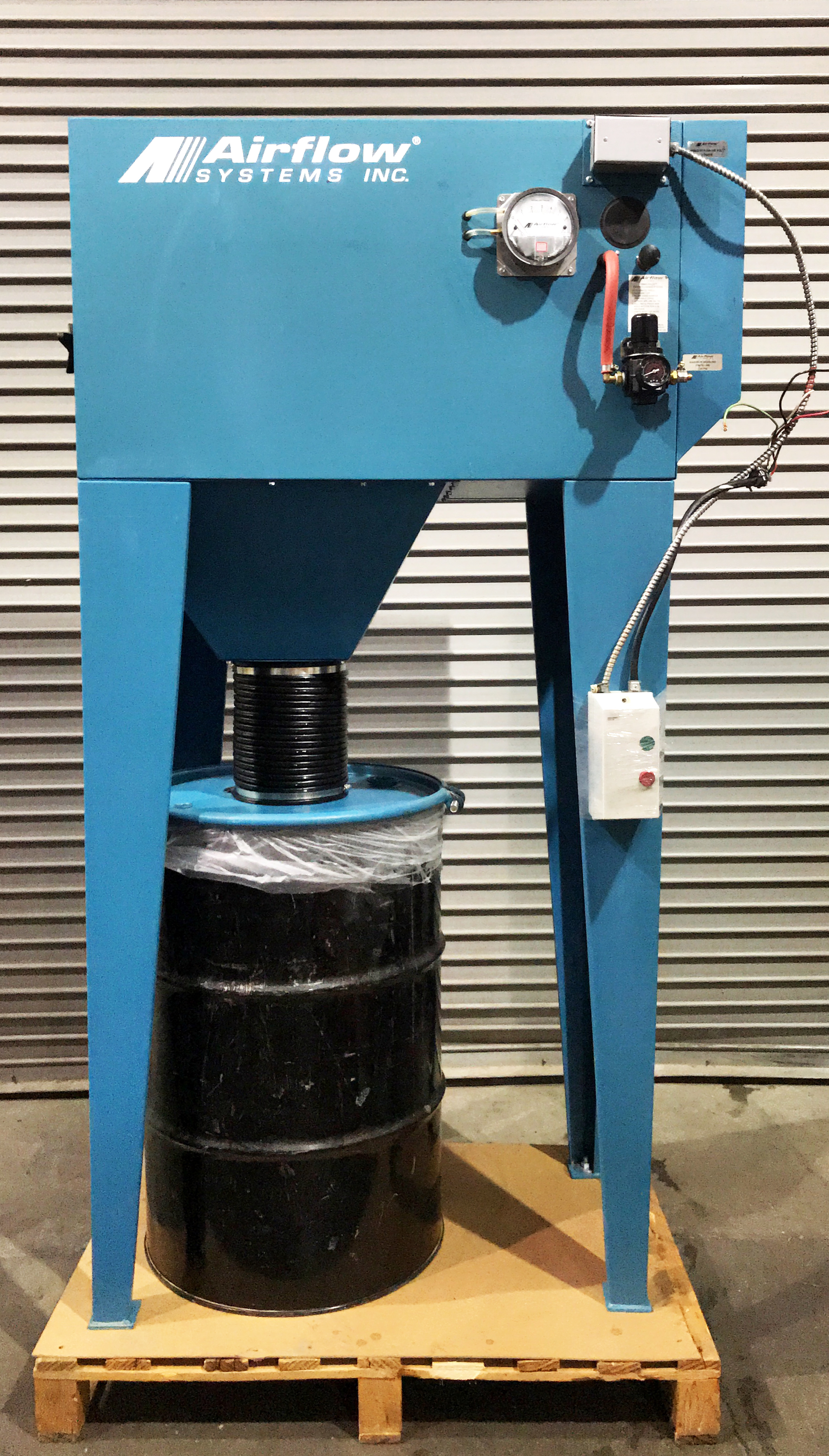

Ventilation is critical to occupant wellness and performance. Proper ventilation has been demonstrated to increase occupant productivity and cognitive function from 8-11% by improving IAQ. The cost of poor ventilation is skyrocketing and that will not slowdown anytime soon.įresh air has such significant health benefits that ASHRAE, CDC, EPA, WHO, and others have identified ventilation as a cornerstone in any IAQ monitoring and control strategy.

It’s important to note that those numbers are all pre-COVID. In the United States, it is estimated that poor air quality results in $150 billion of illness-related costs per year, and $93 billion, or 62% of those costs, represent lost productivity from symptoms associated with SBS. These are all symptoms of building related illness (BRI) or sick building syndrome (SBS). Is the building you’re sitting in right now getting the proper amount of outside air? How would you know if it wasn’t? What does a building with insufficient levels of airflow look like? Occupants might complain of frequent headaches, frequent fatigue, or they may feel more irritated than normal. However, it is important to note that most pollutants affecting IAQ come from sources inside buildings.

Pollutants can be combustion byproducts, allergens, biological agents (mold), pesticides, lead, asbestos, ozone, or other volatile organic compounds that derive from a variety of sources. According to the EPA, Americans, on average, spend approximately 90 percent of their time indoors, where the concentrations of some pollutants are often two to five times higher than typical outdoor concentrations. For a population that spends most of its time in buildings, bringing fresh (outside) air inside is the most efficient and systematic way to improve the quality of the air we breathe.


 0 kommentar(er)
0 kommentar(er)
